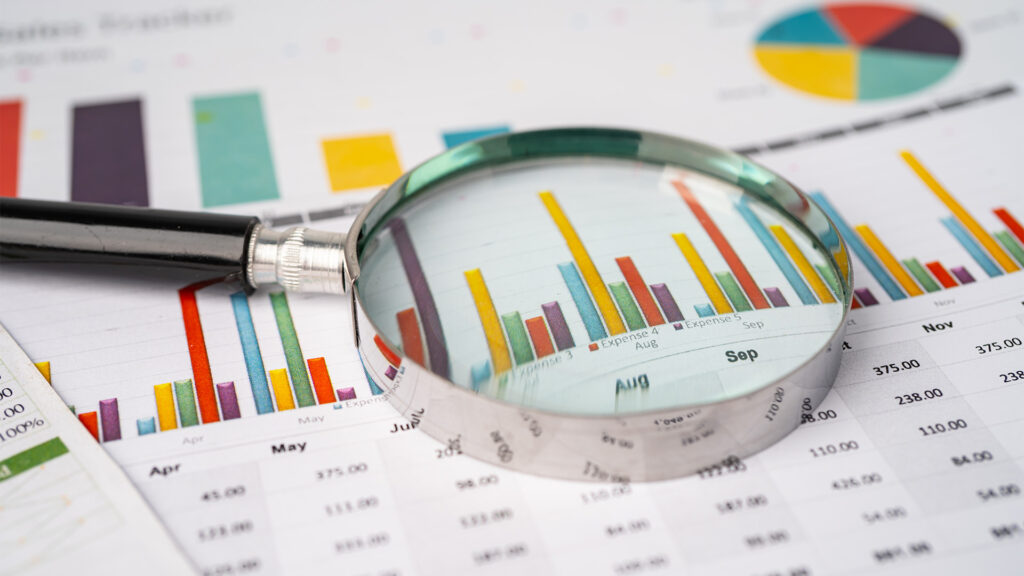The March quarter national accounts didn’t tell us anything we didn’t already know – the economy is struggling. The 0.1% rise in growth in the quarter was very underwhelming, and the 1.1% annual rate indicated stagnation.
In short, the National Accounts were ugly and gave a confusing picture of what has happened in the economy. There were no signs of any circuit breakers in the data for the Reserve Bank, except that it is now clear another rate rise could very well tip the economy into a nasty slide.
One commentator said the patient barely registered a pulse in the quarter. The 0.1% rate compared poorly with the revised upwards 0.3% growth in the December quarter (originally 0.2% growth).
Normally, a patient with the sort of symptoms seen in the National Accounts would need a whack from some sort of stimulus, like a rate cut, but persistent inflationary pressures are preventing that.
In fact, the growth data for 2023 saw many revisions. Besides the upgrade for the three months to December, the original 0.3% rate for June to September was dropped to 0.2%, and the June quarter’s 0.5% was cut to 0.4%. Only the first quarter’s 0.6% last year was left unrevised. The outcome was close to market forecasts for a 0.2% rise and a 1.2% annual rate.
The national accounts and GDP data came the same morning as the appearance of Reserve Bank Governor Michelle Bulloock, who presciently told a federal parliamentary committee before the data was released that there would be little or no economic growth this year.
“Well, forecasting is a difficult process, but our expectation at this point would be no. We don’t expect it to increase; we expect growth to be quite low,” she said.
The National Accounts showed that for the fifth quarter in a row, GDP per capita fell (because of slowing growth and a rising population). To keep up their subdued level of consumption, Australians used up their savings, and the savings ratio fell to 0.9% in the latest quarter from a revised 1.6% in the December quarter (originally reported as 3.2%).
The slowdown was led by weakness in retail spending as household budgets remain under stress after 13 interest rate increases from the Reserve Bank since May 2022, while prices are still rising quickly in critical areas such as rents and electricity prices.
Some relief might not be far away with July 1 income tax cuts and cash handouts for every household and rebates to offset soaring electricity costs and rising rents, but that is not expected to spark a revival in spending.
The minimum wage will also rise by 3.75% from July 1, benefiting around 2.9 million lower-paid workers.
Economic growth has been slowing since the March 2023 quarter (0.6% quarter-on-quarter growth), and ABS head of national accounts Katherine Keenan said it was also the fifth quarter of falling GDP per capita growth.
“GDP growth was weak in March, with the economy experiencing its lowest year-on-year growth since December 2020,” she said.
Outside the pandemic, it’s the worst annual growth rate since 2000.
On a per capita (person) basis, consumer spending fell 0.1% quarter-on-quarter, continuing a run of falls that started in March 2023. Even with that further pullback in spending, households still ran down their savings.
Adding to the bad news, business investment—which had been a good strong area of activity in recent quarters—fell 0.8% from the December quarter.
A 4.3% drop in non-dwelling construction was the main culprit as mining and infrastructure spending slowed (especially by governments). Engineering construction fell 4.8% with reduced work on oil and gas projects.
But that fall disguised a surge in spending on machinery and equipment for data centers, jumping 2% quarter-on-quarter, and a 2.3% quarterly rise in spending on computer software.
As expected, trade detracted 0.9 percentage points from the quarter’s GDP growth. A sharp rise in imports was to blame for that poor result, jumping 5.1% from the December quarter on the back of a 9.5% quarterly rise in imports of consumption goods.
The jump in imports helped rebuild dwindling inventories, which contributed 0.7 percentage points to quarter-on-quarter GDP growth. Meanwhile, exports rose 0.7% quarter-on-quarter because of higher LNG prices and a slightly stronger dollar for much of the quarter.

